
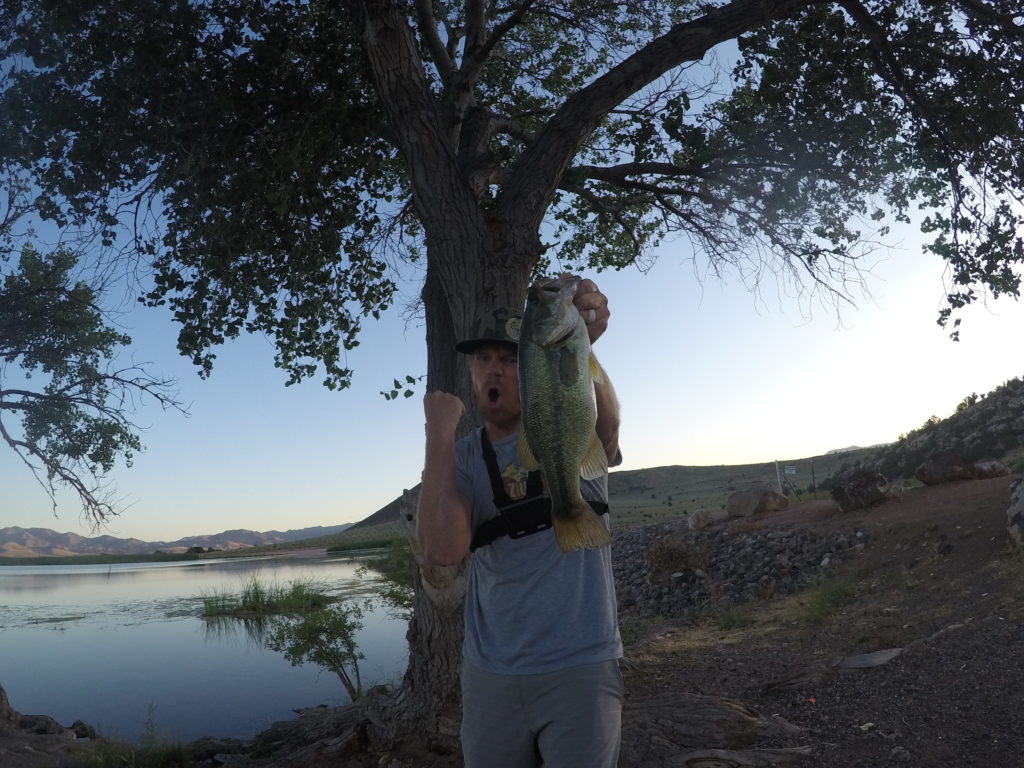
Outlined in this post are some of the best techniques for bass fishing heavy weeds in ponds and lakes. Nothing is more scary than pulling up to your favorite pond or lake and seeing it covered with thick weeds and grass in some of your favorite spots. The following 4 techniques will typically cut through some of the thick nasty weeds, and produce some decent fish for you. Oftentimes, late summer is when things are thickest with grass and weeds. Hopefully, this outline of baits will help you as you encounter thick slop bass fishing. Enjoy the post!
It can be difficult and frustrating bass fishing heavy weeds in ponds and lakes in the late summer. The vegetation just seems to spring up thick especially in the shallower bodies of water late in the summer. Just trying to get a good clean cast in where your bait doesn’t get covered in junk is a real challenge. In order to help you with this problem, this post goes through 4 main bass fishing techniques that perform well in the thick slop. Use these techniques when things get heavy with weeds, and bring more of your baits in cleaner with high potential for producing bites. This post also contains some video of me bass fishing heavy weeds in a pond, so you can see how these techniques can work. Enjoy!
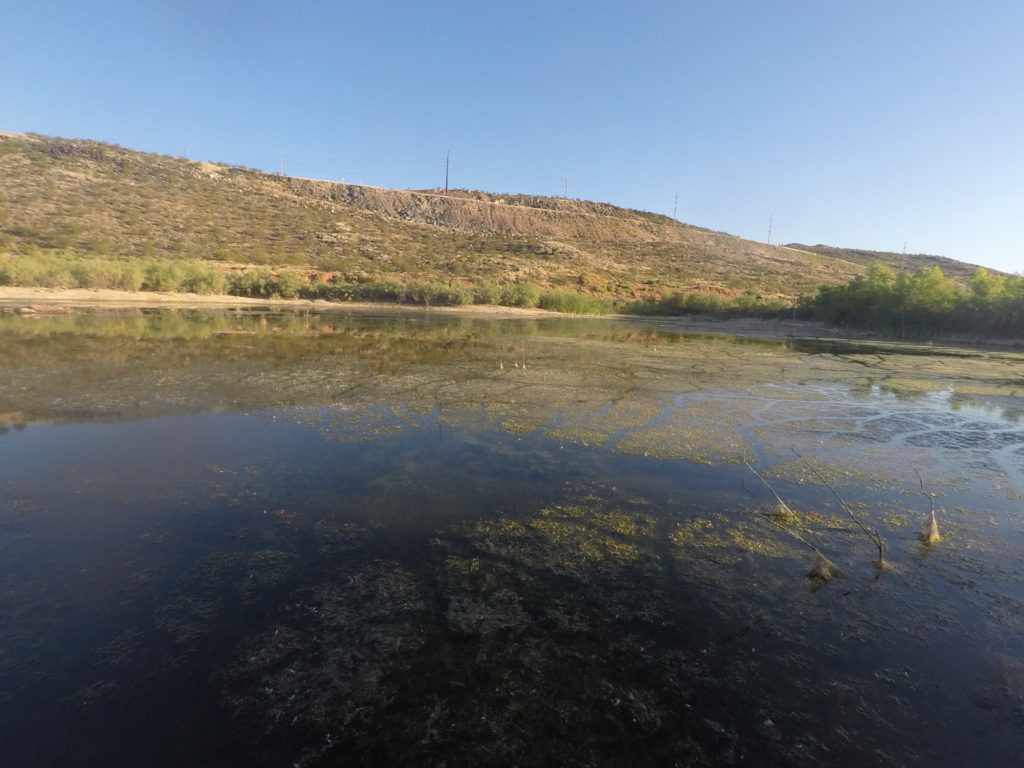
A zoom fluke rigged up weightless texas style is an all-star for fishing heavy weeds and grass. This set up works so good because it is light, and falls softly onto the top of the vegetation. It doesn’t fall down into the grass, so bass can pick it up visually really well. Plus, it slips through the cover, so your bait doesn’t come back with a lot of gunk. Rig your zoom fluke up with a 4/0 gamakatsu hook for optimal hook sets. A fluke will definitely get you bites in thick nasty grass. Tie one on!
Not all fishing frogs are equal when it comes to handling thick sloppy grass. One of the best is the Jackall Gavacho frog. Plus, it works well in open water when your frog finds those holes in the slop. Another good frog for thick stuff is the Jackall Kaera frog. Both of these fishing frogs have strong hooks, and skip up over the nasty stuff to keep your bait clean and get more strikes. There is nothing more exciting than getting a strike up out of the thick weeds on your frog. This technique does seem to work a little more consistently in early morning or late evening during low light conditions.
The swim jig is a power bait for fishing through heavy weeds and grass in ponds or lakes. A swim jig stays clean, and will help you cover a lot of deeper water in heavy grass lakes. It’s an easy technique to use. All you need to do is throw it out and swim it back. Use a keitech swimbait for a trailer to give it a subtle side to side action as it comes through the water. There is something magic about a swim jig bite. When it is on, it is on! Plus, it will often produced better sized fish with the added bulk of this bait.
A weedless rigged swimbait can be a great tool for catching bass in thick grass and slop. A weedless swimbait will prevent grass for balling up on your line as you retrieve it. Plus, it creates a nice small natural profile that bass love to attack. You can find weedless swimbait hooks in all sorts of shapes and sizes. They come with extra weight sometimes if you want to fish them a little deeper. Honestly, I just go with a classic 4/0 owner beast twistlock with a megabass spark shad. Weedless swimbaits are sometimes hard to hook up on, so use the spark shad. The spark shad is softer and easier for the hook to get through the plastic and into the mouth of the bass.
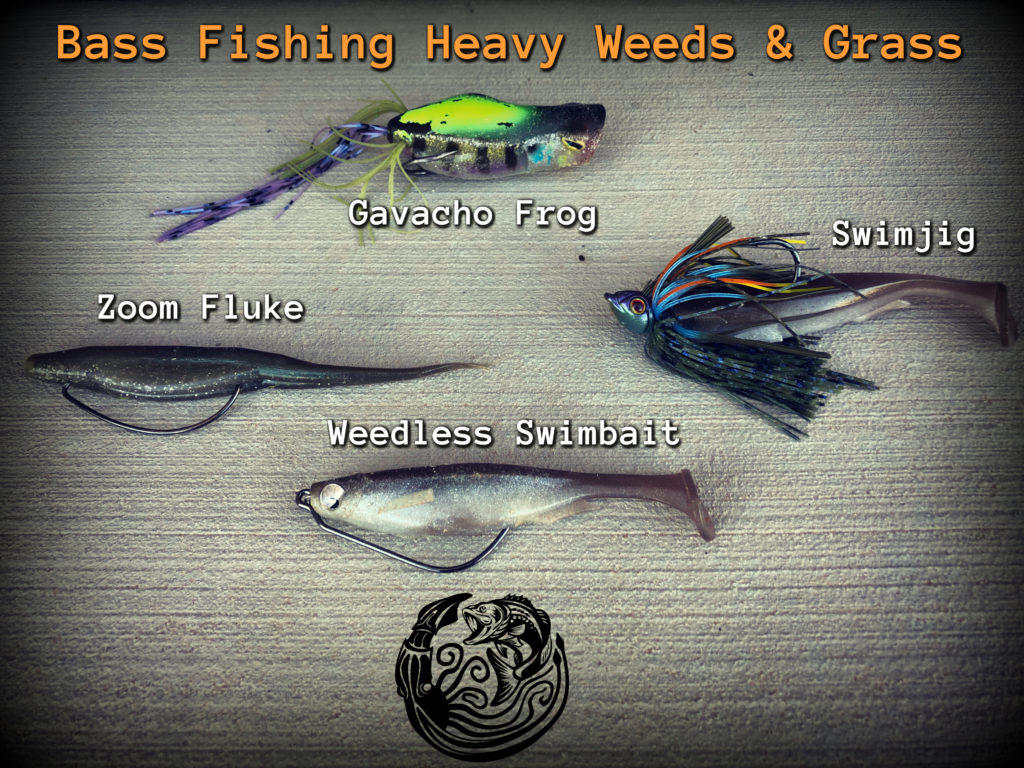
When the lakes and ponds fill up with heavy weeds, it’s a good idea to use different gear to help you get through the slop. High speed bait-casting reels spooled with heavy 30 – 50 lbs braided line makes a big difference. You need that high speed retrieve to get the bass up out of the thick weeds, and cranked back to you. Often with thick weeds if a bass gets a chance it will dive into the thick stuff, and you can get hung up pretty gnarly. Also, you need a heavy or medium heavy action rod to give you more power to get those bass out.
Another helpful tip is to keep your casts short and close, so you can get to the bass easier when they bite. If you are using finesse gear to draw a strike, make short casts. Bass in thick nasty weeds usually aren’t out cruising around as much, and can’t see you as easily. You can usually get a lot closer to them. A short cast will help you detect bites easier, and increase the chances of you landing your fish.
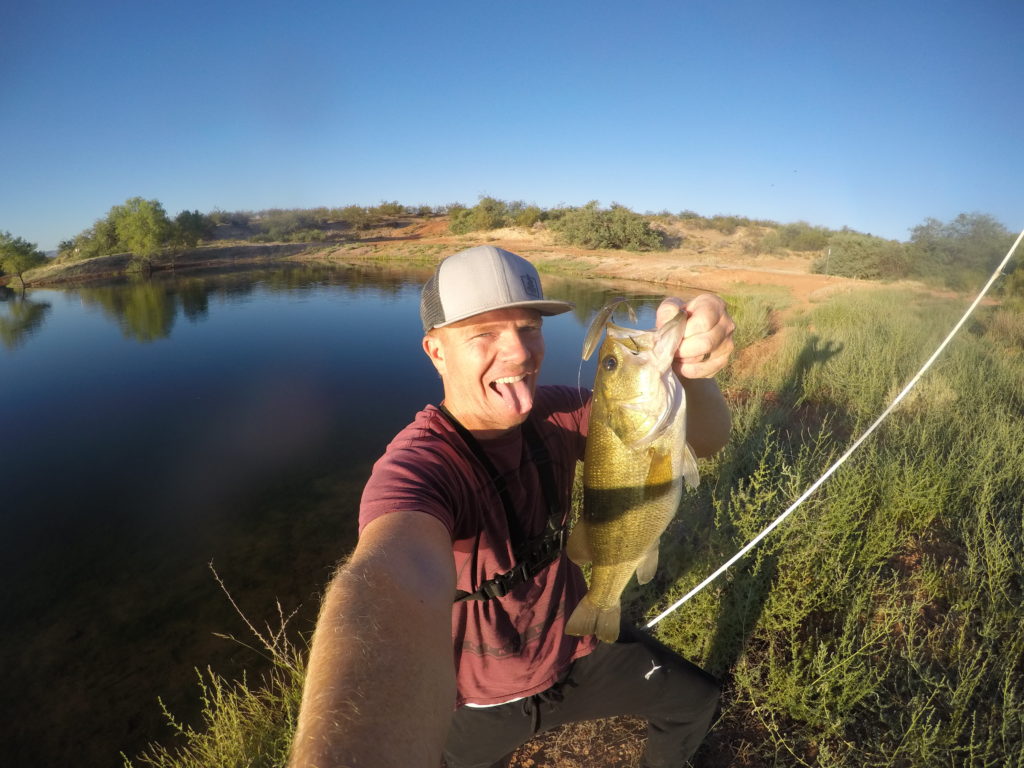
The best spot to find bass fishing heavy weeds are the edges, points, and holes. Think of the grass almost as if it is another shoreline. The points, and the pockets of the thick weeds usually hold bass. Also, anywhere there are holes, and openings in the thick vegetation is a good ambush spot for a bass. A bass will usually lay just inside these spots watching for prey, so they can ambush them. Deeper grass is usually better because the water is a little cooler. Often the deep edge of the grass is the best spot to find a lunker laying ready to chomp!
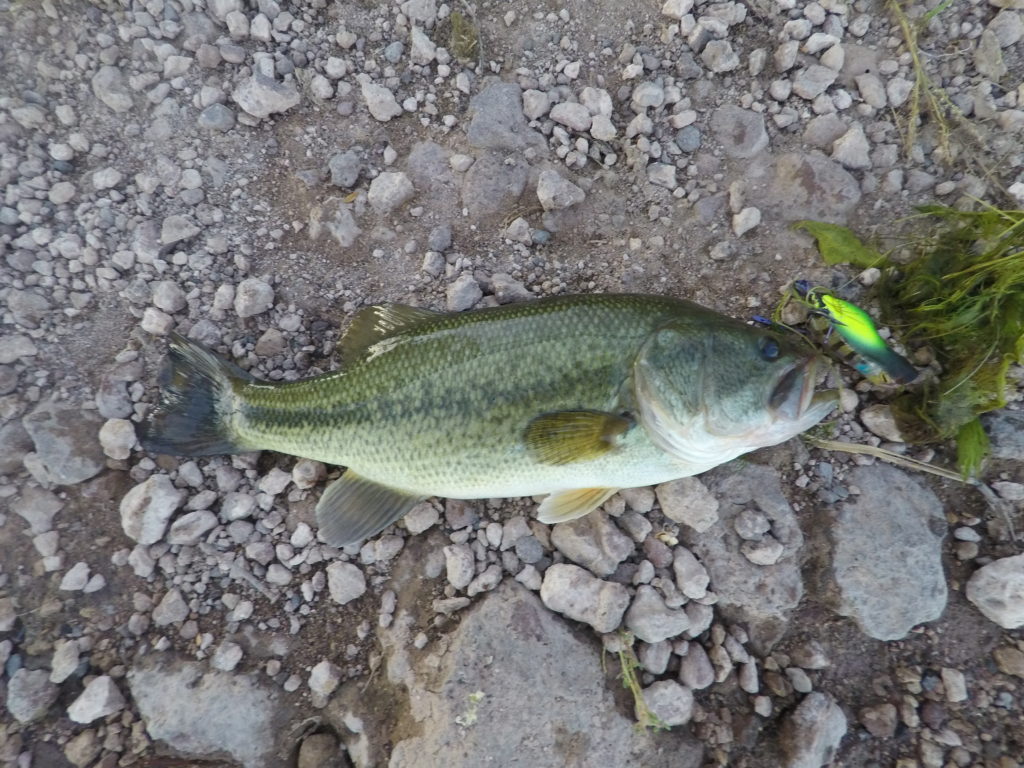
This is a video breakdown of Bass fishing heavy weeds and grass in ponds and lakes. Featured in this video are these 4 baits and techniques for bass fishing thick grass nasty cover. Hopefully, getting a visual on how nasty a place can get, and these thick grass techniques working will give you more confidence in catching bass. Don’t forget to hit the subscribe button to the YouTube Channel after you watch.
Don’t let the thick heavy weeds scare you away. Often thick cover will help concentrate the fish in certain areas of the pond or lake. You can usually sit in one spot, and “krak” quite a few of them. Some of your biggest bass can be tricked into biting in the heavy slop, because they can’t quite get as good a bead on the bait. Big bass are conditioned to just react when something drops down into their lair.
Lastly, The links above and below in this post are affiliate links were you can pick up baits, rod’s, reels, line, and anything else mentioned here to “Krak” some bass fishing heavy weeds in ponds and lakes. Krakenbass receives a small percentage of the sales through these links. I only use links to baits, and gear I personally trust and know work. These links are here to be helpful for you, and not for the small amount I make for the sale of the products. I hope these products can help you “krak” some bass like they have for me. Thank you for your support!
As Always,
Stay Stoked!
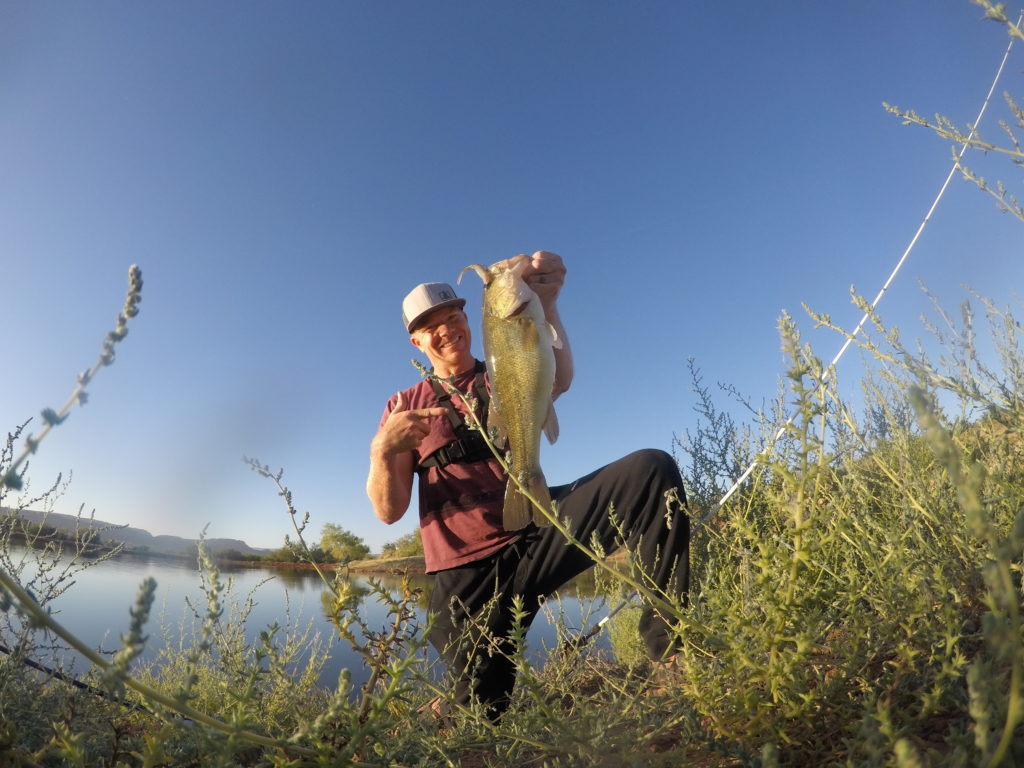
You need a system to know where to go, what to use and how to work your lures to catch more bass in every situation.
Use this lure color selection chart and perfectly match the color of your lure to what bass are wired to eat without trial and error so you can catch the monsters!
Discover how to perfectly match the color of your lure to what bass are wired to eat so you can catch the monsters!
6 Responses
Good Catching!!! And nice fishing technics ,hints, info. I use the same ,Fishing all areas around Woodlands Texas, Many pond and creek fishing places in my area. What part of the world do you fish in, Happy Trails!!!!
Thanks for the feedback. I’m out in the mountain west. I’d love to get out to texas some time.
Good morning JB, subscriber here. I was with a friend at his lake—Wolf Lake in the Catskills, NY. He does not have a fish finder on his small row boat. My question is where do you position yourself on a lake in an effort to find bass? We were concentrating on placing ourselves close to the bank (near some of the floating docks and buoys), and also looking for structures peeking out of the water as possible places to fish. We did catch a number of nice bass, but I am curious as to how to fish the main body of the lake—do we go out to the middle of the lake? If so,, what type of lures would be best? Just curious as to how to navigate a small lake without electronic.
Thanks
Jonathan
Great question! What I like to do is look for the big points that go out into the lake, and fish those out deep. Usually they carry a long way out. Without a depth finder you have to let your lure tell you how deep the water is. Pay attention to how long it takes to fall, and what you feel down there. Cool to hear you out slaying!
Thanks!
-JB
Good afternoon JB, I’m going fishing this Saturday and this pond has no cover whatsoever. There’s only long submerged weeds and grass, the water is barely noticeable sometimes. The pond is about 10 ft deep and I am not too sure what to use since I don’t fish there much, what do you recommend?
Is this the same for smallmouth bass or just largemouth?